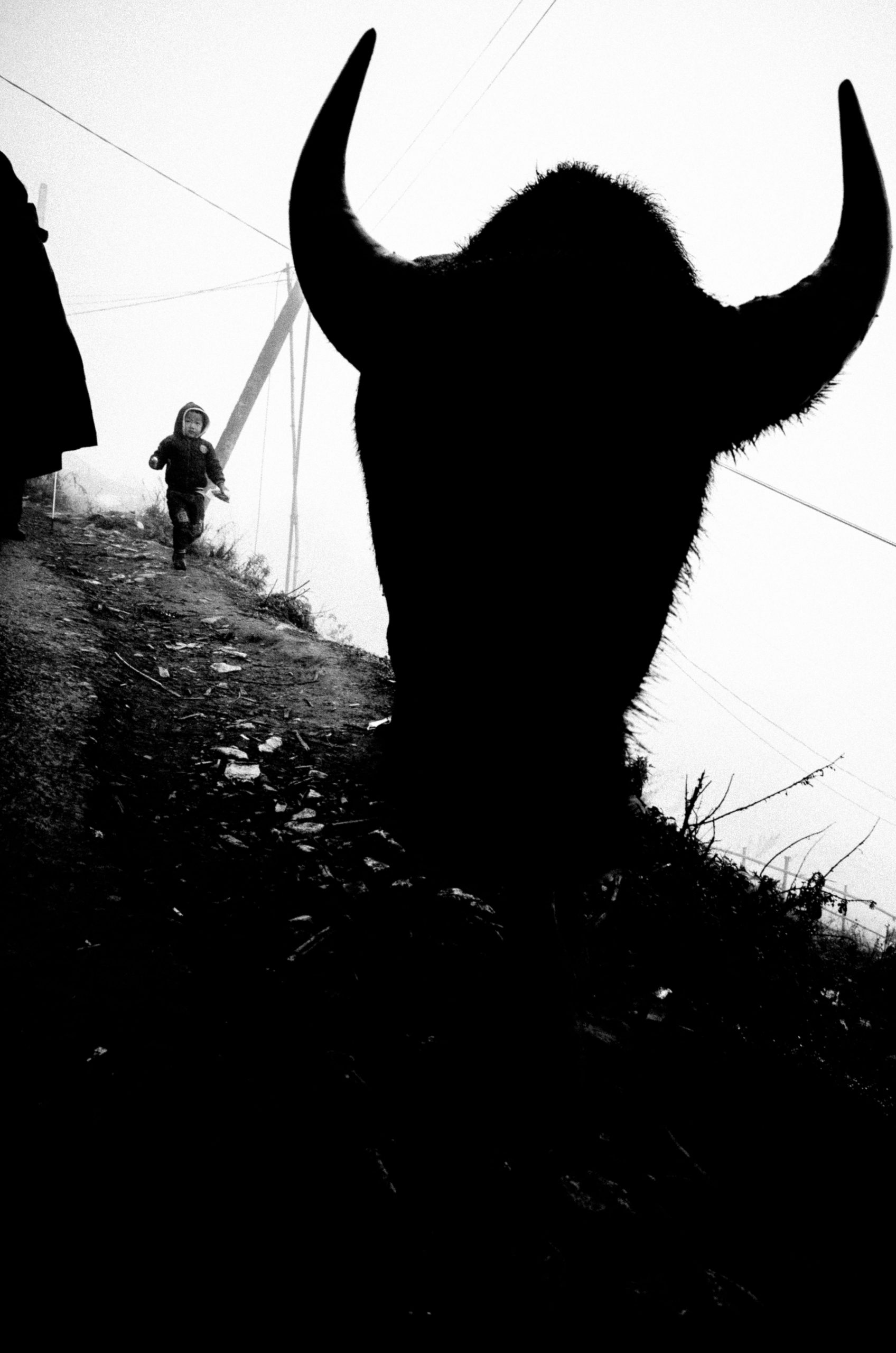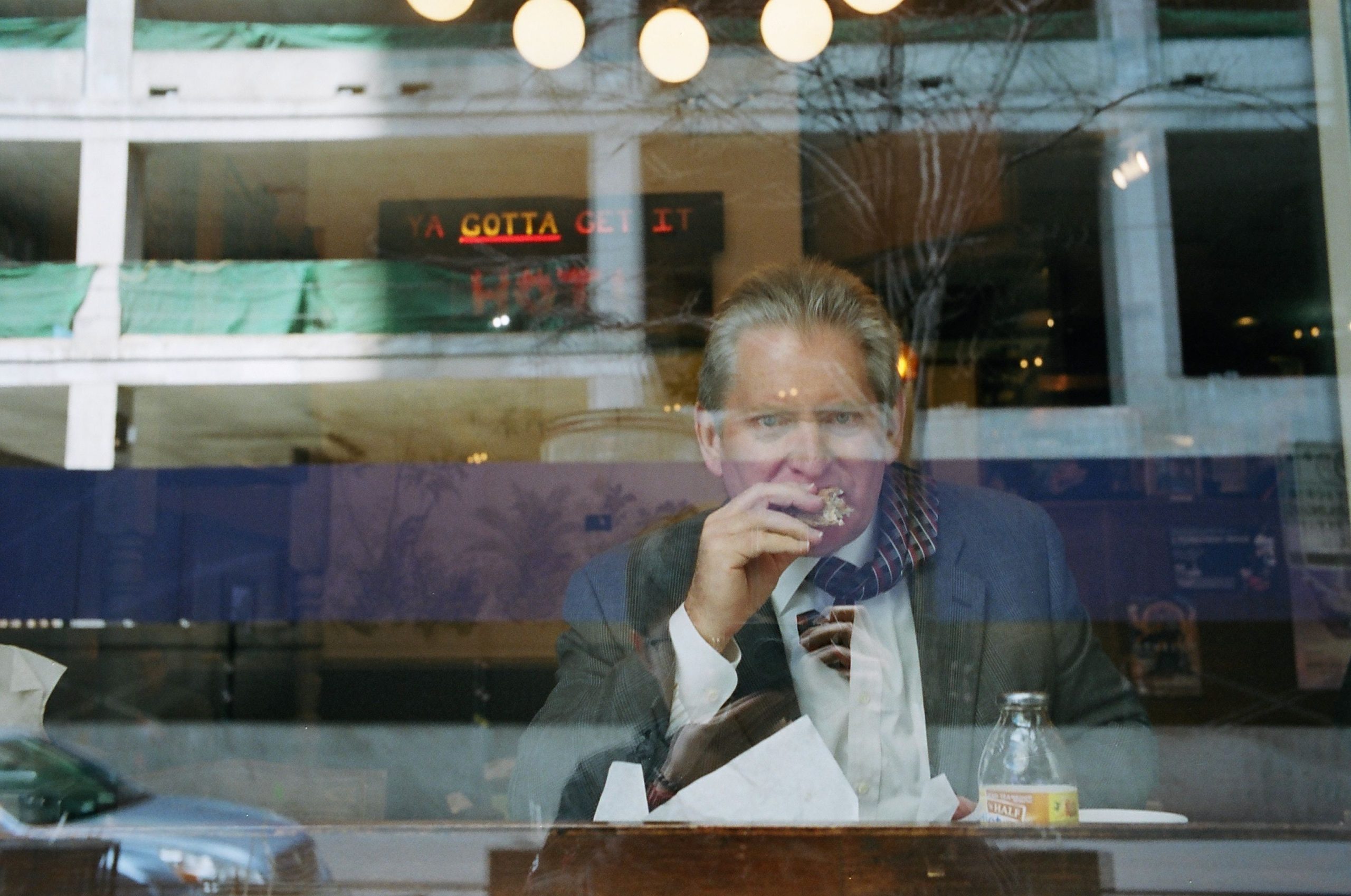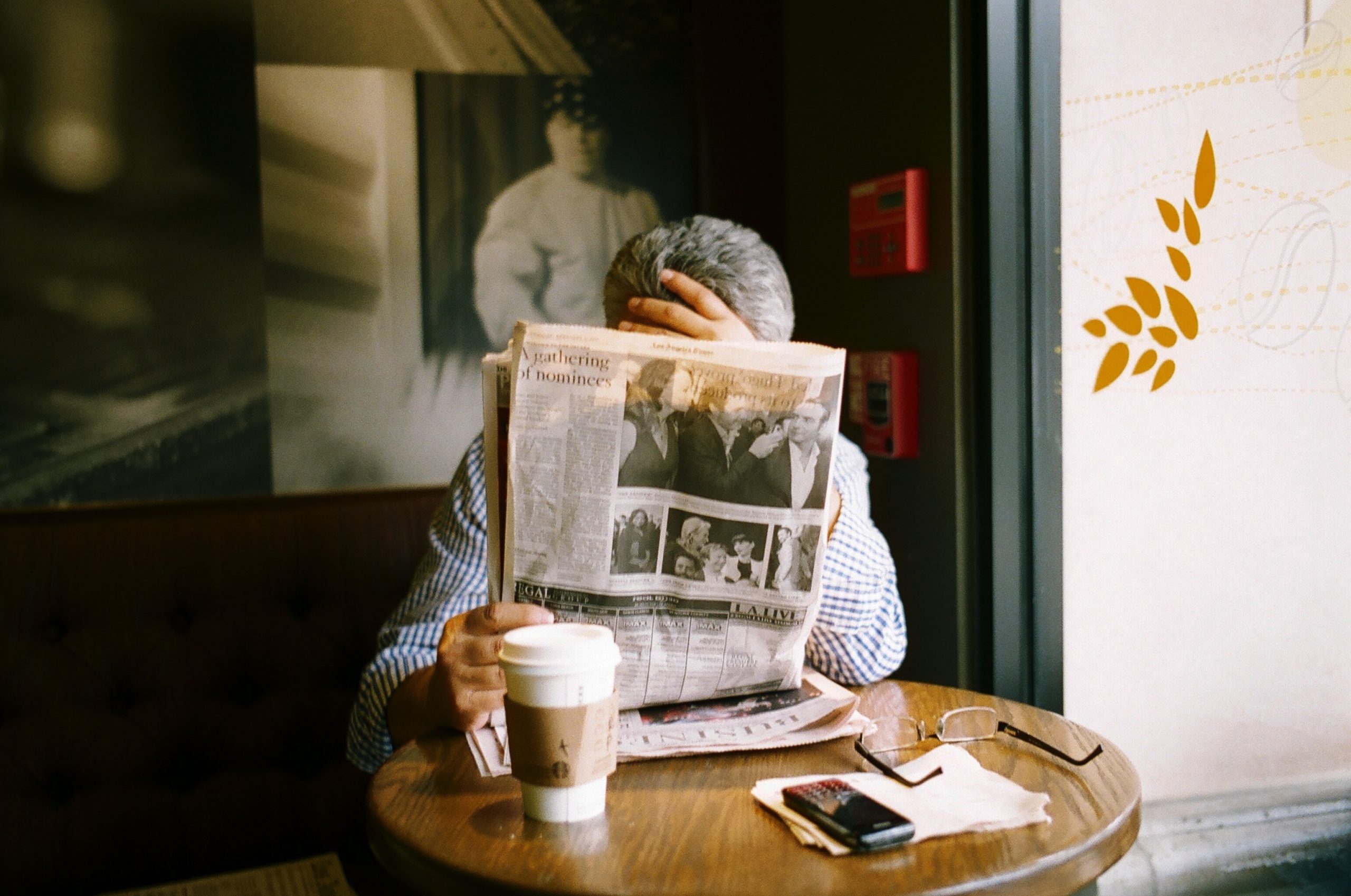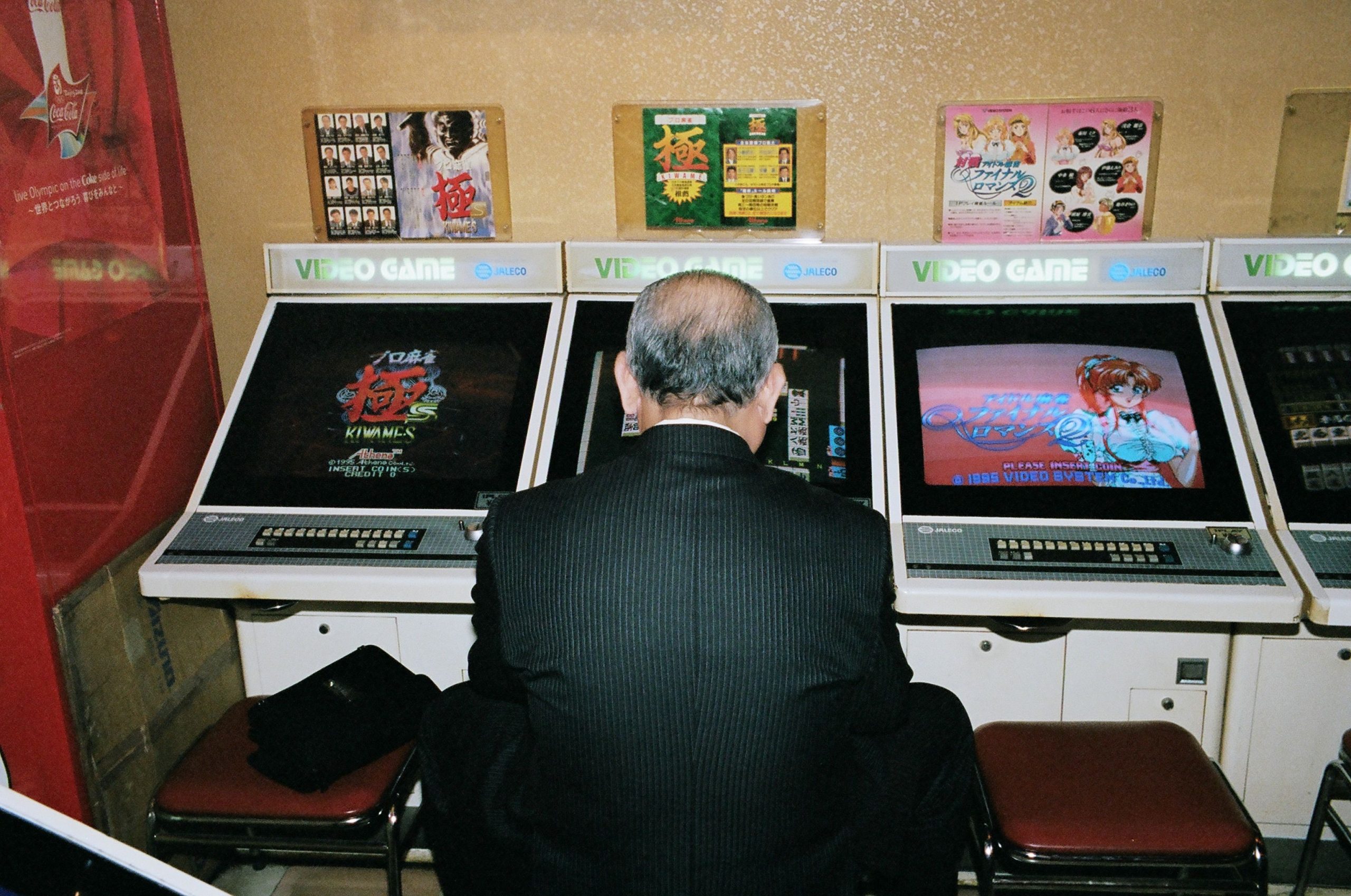Or better yet… as Seneca the younger said… what if you are already too rich?
Wealth
Ever since the time of King Aggamenon, ancient Greeks, even the time of Seneca the younger, men would always lust for more gain. For example, we would want more kettle, more heads of oxen, more sheep, more goats, more tripods of gold, more girls to take as trophies and prizes, more slaves, more weapons armors and spoils of war.
Why?
First, I think it is human nature. Certainly if the ancient Greeks and Romans were facing with it… Maybe even the ancient Egyptians… Think about the pharaohs and king Ramses’s etc.… Certainly there is something in our blood or DNA which dictates this;
Enough is never enough.
However my funny thought:
It’s not a bug, it’s a feature! 
Why? If we easily got satisfied to easily… We would all still probably be in a cave, munching on acorns. No photography, no Internet, no digital photography, no iPad pros, no bitcoin etc.
For any strange individual who does not think that global capitalism has benefited most people, can you imagine just spending a week without running water, electricity, air conditioning and heating, or even a fan, Wi-Fi, or having a washing machine and dryer? 
Reaping the upside, snipping the downside
I think in life, money wealth stuff tools equipment etc. have been one of the greatest booms to humanity. However with greater upsides also comes greater downsides.
For example, Elon Musk… Probably the most powerful man on the planet, but … He probably has $1 trillion worth of problems stressors and angst anxiety on his mind.  for example, if you just read Elon Musk by Walter Isaacson… You could see how you do not want to be Elon Musk; all of his troubles anxieties, him waking up randomly in the middle of the night throwing up blood etc. And also, poor lifestyle choices… Parting all night, drinking alcohol, drinking Red Bulls, not good.
In fact, I don’t really trust anybody who drinks alcohol, smokes weed, drinks Red Bull, drinks Coca-Cola or Diet Coke or Coke zero, consumes protein powder or creatine, takes any dietary supplements,  watches television or any streaming platforms, plays video games — pretty much nobody. And certainly nobody who has an Instagram account.
I think the critical issue here is that it is already difficult enough to understand yourself, and you know yourself with 100% precision. It is impossible to lie to yourself, because you have a true memory of everything.
For example, I could say and 100% certainty, that I have never even tried creatine, which was considered the slightly strange thing at the time when I was in college, around 2006. And now I don’t even consume protein powder.
I think the trouble here is that it is difficult to know what people do in private, and being a sociologist, and philosopher, I am always curious about the habits of others because I suppose what I am trying to get at is deriving some sort of greater knowledge or ideas about humanity at large, and obviously what I think and say is not true… They are just artful ideas. 
Thoughts
Honestly it just comes down to an ethos thing. At the age of 36, now having Seneca, age 3 years five months, I’m actually kind of getting into the point that I don’t like to spend money, or I have an allergy to spending money. The only thing I don’t hesitate on purchasing is meat, red meat, Beef lamb etc.… Because this is a nonnegotiable good, I will consume it, and it will make me stronger.
To me, assuming life is a MMRPG, or a game of Diablo, consuming meat, red meat, bone marrow, beef ribs, etc. is almost like my experience points. Is that continue to lift weights, try more difficult variations, and develop my muscles, sinus, joints body etc.… I continue to become stronger, level up, gain skills and skill trees, and also, becomes stronger, more dominant, more fearsome.
Are people intimidated or fearful of me?
I’m starting to think… Maybe I am the level 70 barbarian night or paladin, and everyone else is just like a level two Druid.
I think the hard thing for people is when they see me, and they witness how tall, powerful, jacked, domineering, loud, ratchet, and friendly and unorthodox… They don’t know how to categorize me. And when it is difficult to categorize somebody or put them in a box, you end up feeling small, a bit nervous, because you cannot tame a wild animal. 
For example, growing up in the 510, Alameda Oakland, East Bay as a kid… I graduated from high school in 2006, the whole youth culture was stupid dumb and hyphy, yellow bus retarded, ghost ride the whip, Kram the sneak and E-40, go dumb!
The bay area hyphy movement was really fascinating, because as a highschooler, it instilled me a grand sense of confidence, dancing skills and prowess, and the notion of being able to “go dumbâ€, was almost like our Maori tribal dance. 
Anyways, also the good thing about the movement was a sense of egalitarianism, and everyone was cool and chill. As a guy, all you needed was a white T-shirt (I bang in my white tee), dark blue jeans, and maybe a pair of all white K Swiss tennis shoes, and you were cool! All kids could afford this. Even me!
But I think now, the problem is everything is becoming too hyper and extreme now. Can you imagine… Going to high school, and some kids in your school wearing $700 Balenciaga sneakers and tennis shoes, and wearing 100 supreme white T-shirts… Certainly this is going to diminish your ego. And the funny thing is that even if you send your kids to a private school, in which There is some sort of uniform dress code, the big issue here is that there will always be someway for kids to try to show off how rich they are, bye having the newest iPhone pro, or even bragging about how rich their parents are, seeing their parents pull up in a Lamborghini Urus to pick them up from school etc.
I think the big problem here is that dominance isn’t and shouldn’t be based on wealth and money. In someways, if you want to get super super rich it is pretty straightforward and easy, get a job as a cyber security person, or work some sort of dirty job, which is also dangerous. Or just buy bitcoin.
Why social hierarchy?
I think on a very very basic primal level, what human seek is some sort of primal dominance, because we seek the fairest mates, to produce the fairest children?
For example, I actually call as a highschooler and a college student… I guess my heart was pretty pure… I was always looking for “wifey material‖ I still remember 18 years old, trying to find the woman that I would maybe one day marry and have kids with!
For me, very suspicious and scared of sleeping around, because also being raised in my generation, in the 90s and early 2000s… In school we were taught abstinence, and we were shown all these scary pictures of HIV aids, crabs, STDs STIs, and we were taught that the only 100% way to get safe, and not to die from HIV aids was to just not have sexual intercourse… That even with a condom you were not 100% secure.
Anyways, looking back in hindsight, also being raised Korean American, Roman Catholic, I guess it was good that I never got a girl pregnant, caught a sexually transmitted disease or infection, and that pretty much only had one woman in my life.
I often see all these other guys wasting their lives, chasing women going to Vegas etc. What is the issue? I don’t think they know what they want in life?
Time
I suppose now that I am dumb rich, I don’t really have to concern myself with money anymore. As a consequence; at this point, it all becomes pure interest, pure passion, pure curiosity… An honest drive?
For example, once you got your bitcoins and they keep appreciating at 55% APR, year-over-year, for the next 40 years… And once you’re a bitcoin is now worth $10 trillion by the age of 67… Then, how do you live your life?
Or let me give you a thought: what if I could tell you that with 100% certainty you could have $10 trillion, at the age of 65. But, from the age of 35 until 65… You have to live as if you’re only earning $20,000 a year. Would you do it?
Spartan economics
The reason I don’t trust any of these skinny fat loser economists is because:
- None of them have been raised in poverty, most of them come from rich families, trust funds, etc. period
- Most of them are in terrible physical shape… Look at Warren Buffett… How fat and old and sickly and weak he looks, how are you still consumes Coca-Cola, McDonald’s hamburgers with the bun etc. Or even worse, look at Bill Gates… Look at his beer belly gut, that can instantly kill your boner (Elon Musk tweet)
- Most of them are divorced from real reality, don’t walk 30,000 steps a day.
- Both of them have academic appointments somewhere, which means that they have infinite money and resources, irregardless of their opinion, being fed from the fat endowments of Harvard and Yale etc.
Create your own economics 
My simple economic idea is never spend money on yourself, never buy yourself anything, besides meat.
And the only money you should think about investing is possibly buying yourself some weightlifting equipment, Titan.fitness and Texas power squat bar, but besides this… Nothing is worth it.
Even in the world of photography, honestly all the cameras suck. Cindy and I plan on making a film this December in Vietnam, and we just ordered a Lumix S9 and a 26 mm f8 manual focusing pancake lens, puppy side this, all the other cameras are destined and doomed to die.
Why?
I think the big problem is any digital camera is like an iPhone… It doesn’t matter if you have the newest iPhone Pro, within two or three years, you’re going to get outdated, until you upgrade to the next thing.
Honestly I’m starting to get iPhone, iPhone Pro fatigue at this point… I’m just going to stick with my iPhone SE until it dies. The only other Apple purchase I would probably make is if my iPad Pro M1 chip 11 inch goes totally kaput, then I will buy the newest iPad Pro with the M4 chip, — never ever ever the loser big one, which Steve Jobs would have thrown into the furnace, if he were still alive. 
What do you want to create, make, leave behind after you die?
It seems that my open source, self hosted WordPress.org, long-term vision has really paid off. Why? And also how I deleted loser Instagram in 2017…
In a billion years, I would never have predicted, or even imagined that ChatGPT, searchGPT, DALL-E could be invented… And now that it is here, and working insanely well, I was ahead of the curve, almost 20 years! 
For example, ChatGPT already knows how I talk, my writing style, because the 40,000 or so open source blog posts that I put on the Internet, it has learned and trained from my own open source web data, and now, my legacy will probably last forever.
I have been doing some sort of fun experiments, been doing some sort of strategies, having ChatGPT 4o write blog posts in the voice of ERIC KIM, and it works so well… Even I read it and it sounds about 75% me. I am searching that within 20 years, it might sound about 85 or 95% me…
Essentially I am doing my own Turing test…  I am trying to find out that if I could fool myself! So far no, but it is starting to get pretty shocking and interesting what it can do. 
And also… I think the big problem which a lot of writers creators artist don’t know and understand… They really lack and understanding of what exactly AI, ChatGPT, DALL-E is,,, both from a philosophical perspective, and also a technological perspective…
So maybe… I am so well positioned because  I have the blood of a blogger, the area Silicon Valley entrepreneur, Steve Jobs Kanye West and Jay Z in my blood?
Why being ahead of the curve doesn’t really make sense 
What people do not understand is being ahead of the curve, is not really a good strategy because being ahead the curve… 10 or 20 years, you’re not going to reap the benefits until far later, and or there is a high likelihood that you might not get any benefit at all. 
A very high chance of failure 
For example, all these guys who pioneered the early electric cars, gain no benefit from it… Even Marc Tarpeting who actually started Tesla, it doesn’t seem that he actually reaped that much benefit from starting Tesla, and now, after Elon and Marc had a fallout… It seems that more or less, Elon owns Tesla now. Or at least probably has a majority share.
So my honest appraisal is this: perhaps then, the only real reason to start something make some thing or entrepreneur or something it’s because you really care? Like you really care? Without any sort of material wealth or financial social economic advancement opportunities?
Truth be told… I never really knew that being open source was a good financial strategy, until about eight years after the fact.  And this is the paradox of unorthodox strategies… when you’re doing it, everyone thinks that you’re batshit insane, until 10 or 20 years later, when it is been confirmed that you were right… It always seems so obvious!
For example, when 1 bitcoin was worth $0.00… It might have been a smart strategy to buy $100 worth of bitcoin. My great regret financially, when my roommate Kevin told me to buy some bitcoin maybe even $100 worth, back in my junior year of college, was that 2008? 
Even Satoshi has a quote, it may or may not make sense to get some bitcoin… But if it has a chance that it might take off… It might be a good idea to get some…
And even now, bitcoin almost seems like a no-brainer. The only thing to consider is how to stomach the volatility. This is my very simple strategy:
Buy it and forget it!
Literally use Coinbase to buy your bitcoins, and then when you’re done purchasing it, delete the Coinbase app from your phone, and refuse to ever look at prices… You never want to stare at the face of Medusa. No matter how beautiful she may be!
Like if I told you that the face of Medusa  was literally the most attractive face of a woman known to man, ever possible, times 1000, and she had a perfect body all akin to that of a porn star…  and she was totally 100% butt naked,  all angles… But if you knew that even if you took a peek… You would immediately turn into stone and die… Would you do it? Of course not! You turn on the blinders!
same thing with the sirens… You tie yourself to the mask, and you cover your ears with beeswax! Because you know that even the greatest hero Odysseus cannot control himself!
And I think this is where human wisdom comes in… Knowing your potential pitfalls, and strategizing before hand, that potential bad strategy.
Sample a simple financial tip… Back in Berkeley days, that if I wanted to purchase something above $300 USD… I had to consult Cindy first. Ended up being a very good strategy because I am very bad with money.
What is more precious on the planet than your time focus energy, mind space?
Nothing!
ERIC
























































































































































































































































































